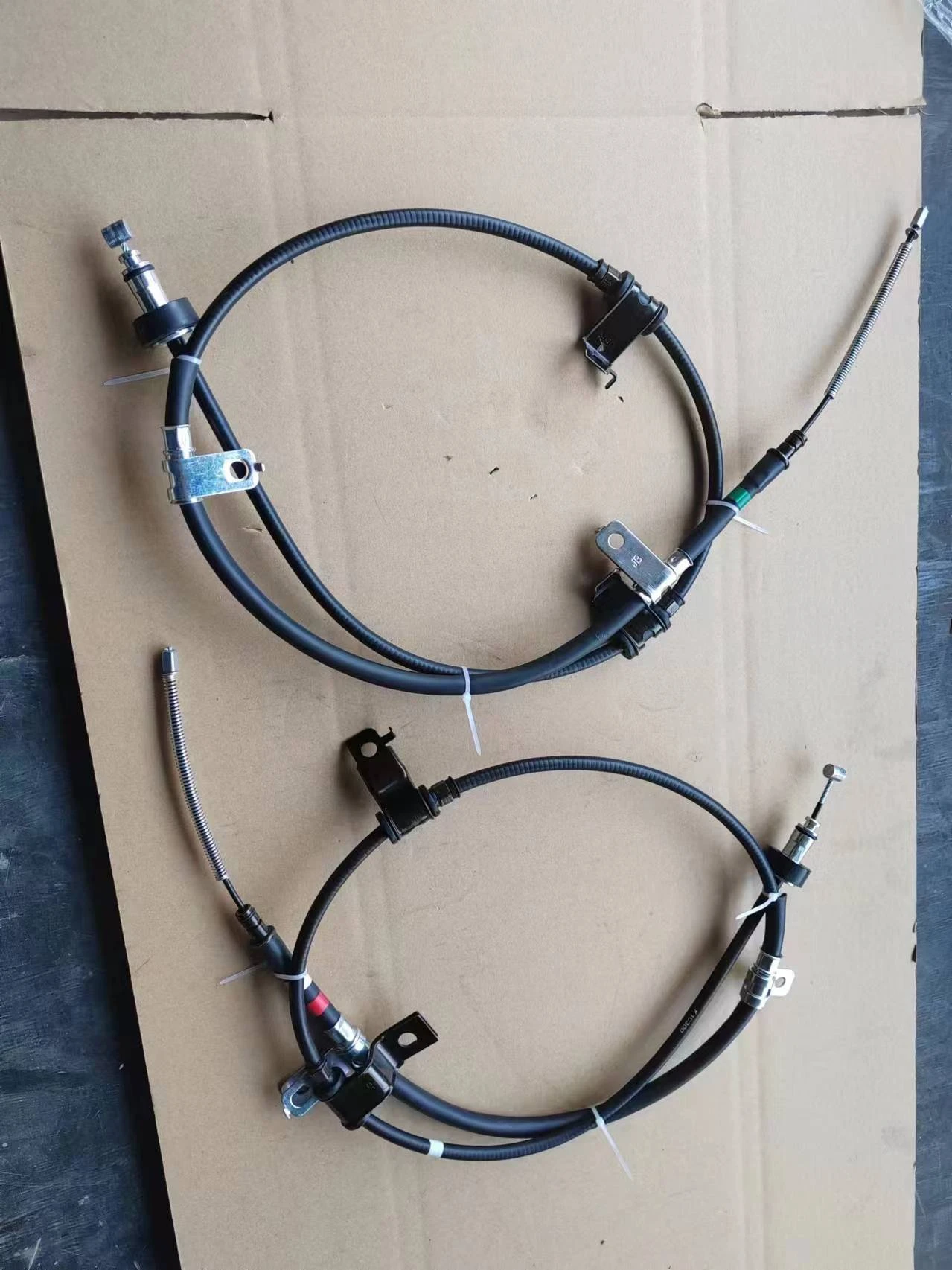throttle cable for lawnmower
Understanding the Throttle Cable for Lawn Mowers
Lawn maintenance is a vital aspect of home care, contributing not only to the aesthetics of a property but also to its overall health. At the heart of a lawn mower’s functionality is the throttle cable, a crucial component that helps manage the engine's speed and performance. In this article, we’ll explore the significance of the throttle cable in lawn mowers, how it works, common issues, and maintenance tips to ensure optimal performance.
What is a Throttle Cable?
The throttle cable in a lawn mower connects the throttle lever, usually located on the handlebar, to the carburetor or engine. Its primary function is to regulate the amount of air and fuel mixture entering the engine, thereby controlling the engine's RPM (revolutions per minute). By pulling or pushing the throttle lever, the operator can increase or decrease engine speed to meet the mowing conditions, providing better control over the mower’s operation.
How Does the Throttle Cable Work?
When the throttle lever is engaged, it pulls on the throttle cable, which in turn opens or closes the throttle valve in the carburetor. This adjustment directly influences the engine's performance. For instance, when performing tasks that require more power, such as cutting tall grass or tackling tough terrain, the operator can pull the throttle lever to increase power and enhance performance. Conversely, during lighter tasks or when precision is needed, the throttle can be adjusted to operate at a lower speed, extending the engine's life and reducing fuel consumption.
Common Issues with Throttle Cables
Like any mechanical component, the throttle cable in a lawn mower can experience issues over time. Some common problems include
1. Worn or Frayed Cable Continuous use may cause the cable to wear out, leading to fraying or breaking. A damaged throttle cable can impair your ability to control the engine speed, resulting in poor mower performance.
2. Sticking or Jamming Dirt, debris, or corrosion can cause the throttle cable to stick or jam, preventing smooth operation. This can make it difficult to adjust the engine speed as needed.
throttle cable for lawnmower

3. Misalignment If the throttle cable is misaligned or improperly installed, it can lead to erratic engine behavior, including poor acceleration or inability to reach desired speeds.
4. Broken Connections The connection points between the throttle lever and the cable, as well as between the cable and the carburetor, can sometimes break or become loose, affecting overall functionality.
Maintenance Tips
To ensure that the throttle cable operates smoothly and efficiently, here are some maintenance tips
- Regular Inspection Routinely check the throttle cable for signs of wear, fraying, or damage. Address any issues promptly to avoid further complications.
- Cleanliness Keep the cable and its surrounding area clean from dirt, debris, and grass clippings. A clean environment helps prevent sticking and prolongs the cable's lifespan.
- Lubrication If the cable has any moving parts, such as a housing, apply the appropriate lubricant to ensure smooth operation. Avoid using heavy oils that might attract dirt and grime.
- Proper Storage During off-seasons, store the lawn mower in a dry place. This helps prevent corrosion and other moisture-related issues that can affect the throttle cable.
Conclusion
The throttle cable is a small yet significant component in the overall performance of a lawn mower. Understanding its function, potential issues, and maintenance requirements can lead to a more enjoyable mowing experience and extend the life of your equipment. A well-maintained throttle cable not only enhances mower efficiency but also contributes to a well-manicured lawn, elevating your outdoor space.
-
Workings of Clutch Pipe and Hose SystemsNewsJun.04,2025
-
The Inner Workings of Hand Brake Cable SystemsNewsJun.04,2025
-
The Secrets of Throttle and Accelerator CablesNewsJun.04,2025
-
The Hidden Lifeline of Your Transmission Gear Shift CablesNewsJun.04,2025
-
Demystifying Gear Cables and Shift LinkagesNewsJun.04,2025
-
Decoding Clutch Line Systems A Comprehensive GuideNewsJun.04,2025
